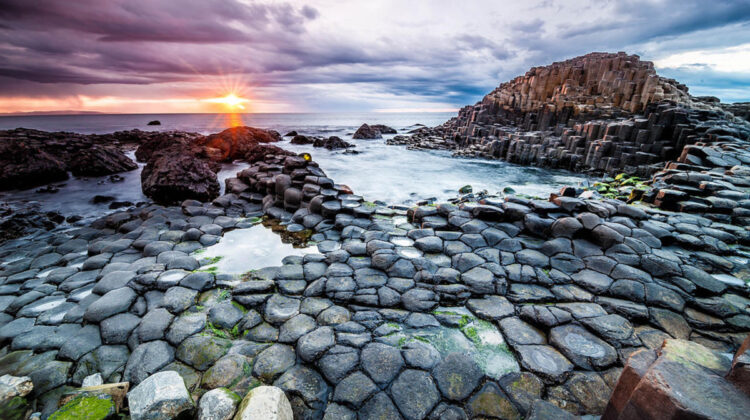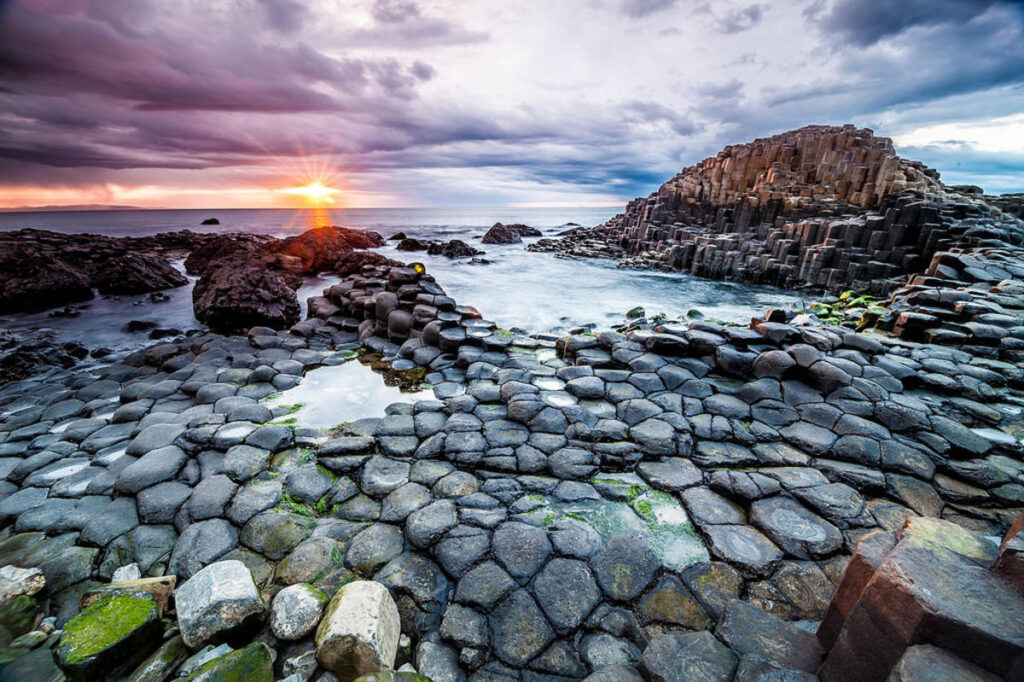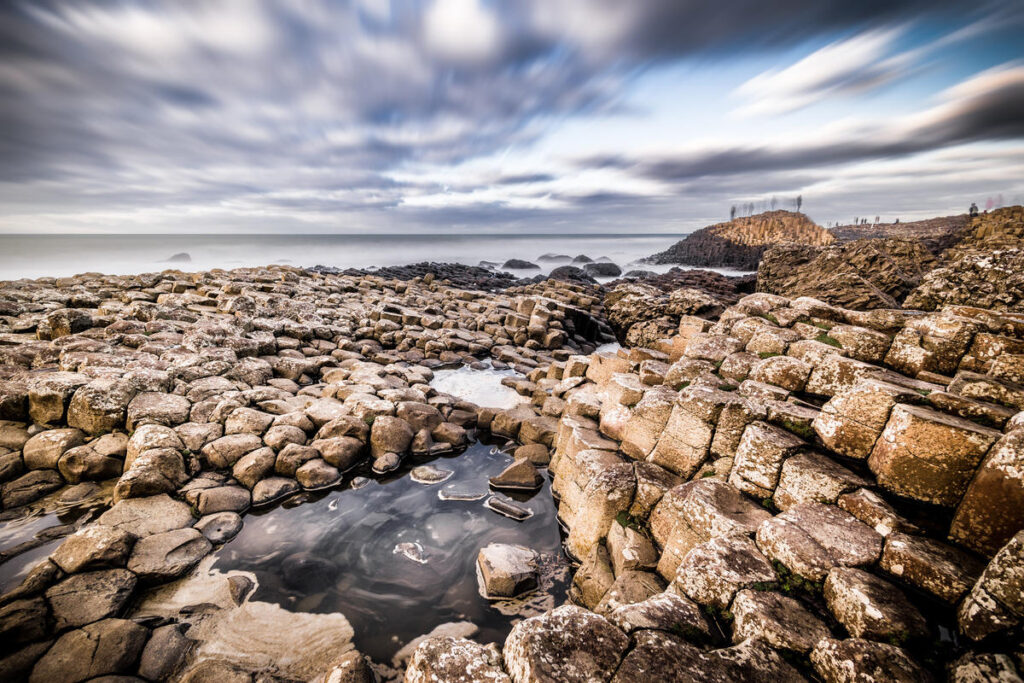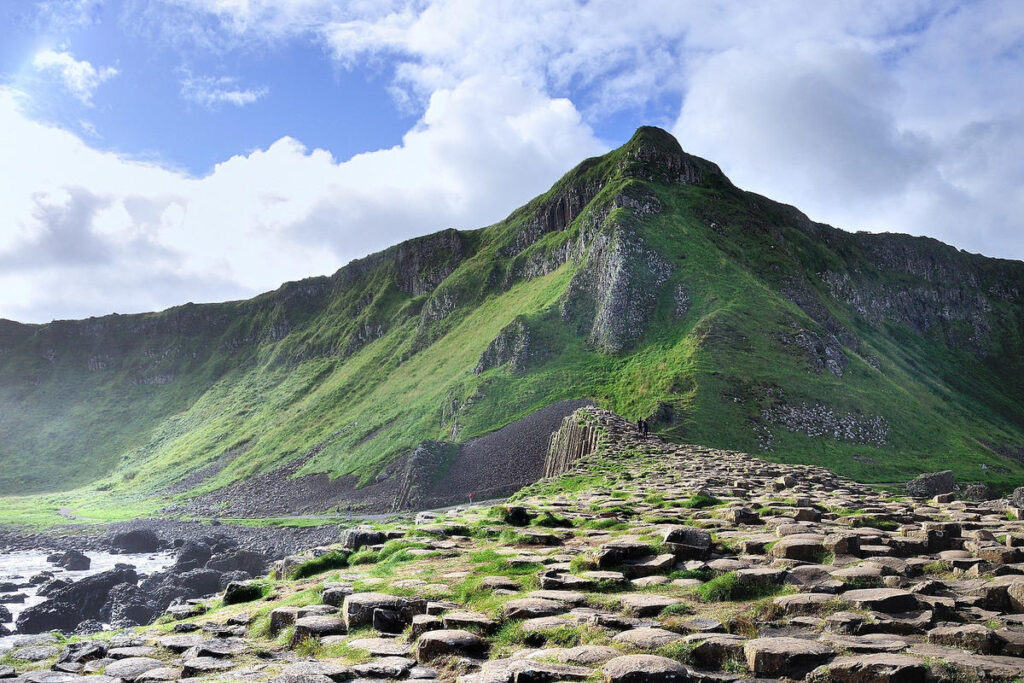
Northern Ireland’s Giant’s Causeway isn’t just a geological marvel, it’s a playground for myths and legends. Locals, tourists, adventurers, and geologists all find themselves captivated by this dramatic cliffside facing the sea. Cloaked in both scientific wonder and fantastical tales of bridges and giants, it’s no surprise the Causeway finds itself on lists for a potential “8th Wonder of the World.” But what exactly is it, and how did it come to be?

Legend tells of Finn McCool, a mighty Irish giant, facing off against Benandonner, a larger but less intelligent Scottish giant. Separated by the sea, Finn decided to build a causeway by hammering chunks of cliff into the water. But upon reaching Scotland and seeing Benandonner’s immense size, Finn wisely retreated. Following Finn, Benandonner encountered Finn’s wife who, to protect her husband, disguised him as a giant baby. Terrified by the “child’s” size, Benandonner fled, ripping up the causeway behind him.



While charming, the reality behind the Giant’s Causeway is far older. The 40,000 interlocking columns date back 60 million years to the Paleogene Period. Volcanic eruptions spilled lava that met the cool sea waters, rapidly cooling and shrinking. This dramatic shift is what formed the unique polygonal basalt pillars we see today. A true geological wonder, the Giant’s Causeway continues to draw visitors who marvel at its otherworldly beauty.

Leave a Reply